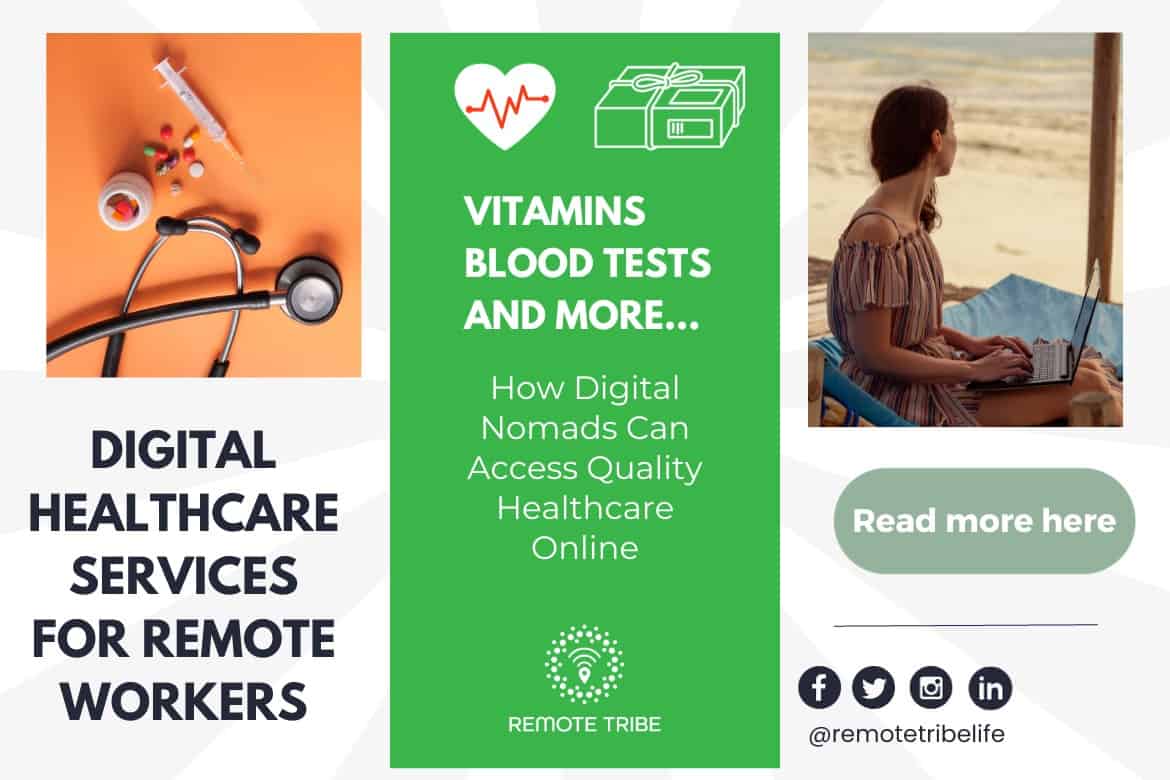Exploring the Growth of Subscription Based Healthcare in the Digital Age
Exploring the Growth of Subscription Based Healthcare in the Digital Age
Blog Article
Comprehending the Cost-Effectiveness of Subscription-Based Healthcare Versions
As the health care landscape progresses, subscription-based models emerge as an engaging option, guaranteeing to redefine exactly how individuals manage clinical costs. Reviewing these versions' cost-effectiveness necessitates a nuanced contrast with typical insurance policy, thinking about both financial effects and patient fulfillment. While they provide openness and predictability in costs, questions remain regarding their capability to meet varied healthcare needs, particularly for specialized treatments. The point of views of medical care service providers better complicate this formula, offering a multifaceted challenge. What does the future hold for these models, and can they truly deliver on their assurance of obtainable, budget-friendly care?
Summary of Subscription-Based Designs
Subscription-based healthcare versions, often referred to as straight health care or attendant medication, are progressively gaining attention as a potential remedy to inadequacies within conventional medical care systems. These designs operate on the principle of offering people direct accessibility to health care providers via a month-to-month or annual charge, bypassing the demand for traditional insurance devices. This arrangement aims to simplify patient-provider interactions by lowering administrative worries, which usually impede timely and individualized treatment.
At the core of subscription-based versions is the emphasis on a much more tailored patient experience. People gain from enhanced access to their doctors, typically including same-day or next-day consultations, prolonged assessment times, and straight communication channels such as phone or video clip calls. This design cultivates a proactive technique to medical care, where patients and providers can collaboratively concentrate on preventative care and persistent condition administration.

Expense Comparison With Typical Insurance Policy

One of the key monetary benefits of registration designs is openness in costs. Individuals pay a foreseeable fee, which can simplify budgeting and monetary planning. Furthermore, these models normally eliminate co-pays and deductibles for protected services, decreasing out-of-pocket costs. On the other hand, traditional insurance might be a lot more helpful for people calling for specialized treatment or costly therapies not covered under a registration version, as they profit from the more comprehensive protection network and cost-sharing mechanisms.
Nevertheless, cost-effectiveness is context-dependent. While registration models may provide savings for those mainly requiring health care, individuals with persistent conditions or specialized healthcare demands could locate typical insurance policy a lot more comprehensive. Evaluating particular healthcare demands and possible usage is essential in figuring out the most economical alternative for people.
Effect On Patient Fulfillment
Person satisfaction within subscription-based medical care designs typically shows a considerable renovation over conventional insurance policy systems. Unlike traditional systems, where clients could experience hold-ups in receiving treatment, subscription-based versions guarantee even more prompt and straight communications with healthcare carriers.
Moreover, the transparency in prices related to subscription-based healthcare relieves the typical disappointments associated to unexpected fees and complex invoicing processes seen in standard insurance (subscription based healthcare). Patients value understanding the exact economic dedication upfront, leading to raised trust and self-confidence in their medical care administration
Furthermore, the emphasis on preventive treatment and health in subscription models adds to boosted health and wellness outcomes, even more improving client complete satisfaction. By concentrating on ongoing health care as opposed to episodic treatment, clients experience an even more holistic and continual health care journey.
Additionally, the improved provider-patient relationship cultivated in these versions, characterized by even more time invested per individual and personalized attention, plays a critical role in raising individual contentment levels, as clients really feel genuinely looked after and comprehended.
Company Experiences and point of views
From the copyright's perspective, subscription-based health care models offer a transformative technique to supplying clinical solutions. These models stress a preventative and positive medical care technique, enabling companies to concentrate on comprehensive client treatment without the restrictions of conventional fee-for-service setups (subscription based healthcare). This shift in focus often results in improved patient outcomes and increased company fulfillment, as medical care professionals can allocate even more time and resources to client engagement and customized care plans
Furthermore, subscription models help with foreseeable profits streams, which improve monetary security for healthcare companies. This predictability enables improved resource preparation and allotment, adding to check these guys out an extra effective health care delivery system. Service providers can buy personnel facilities, training, and innovation improvements, therefore improving the top quality of treatment supplied.
Nevertheless, the transition to subscription-based designs is not without obstacles. In spite of these obstacles, lots of providers find that the benefits of increased individual interaction and structured operations exceed the first obstacles, making subscription-based designs an eye-catching choice.
Future Prospects and Obstacles

A key challenge is governing conformity, as subscription versions must comply with evolving health care policies and insurance demands. This requires continuous adjustment and technology to make sure positioning with lawful criteria. In addition, integrating these versions into existing healthcare frameworks can be complicated, calling for significant investments in innovation and training.
There click for source is likewise the prospective risk of creating injustices in health care gain access to, as membership models could favor those who can afford them, leaving susceptible populations underserved. Resolving this requires thoughtful factor to consider of pricing approaches and subsidy mechanisms to make certain inclusivity.
Conclusion
Subscription-based health care models present a practical option to standard insurance policy by supplying economic predictability and openness, especially benefiting people with persistent conditions or regular medical care requirements. The cost-effectiveness of these models is contingent upon individual medical care use patterns and situations. internet While they may enhance person fulfillment and enhance budgeting, obstacles continue to be in resolving specialized treatment demands. Future considerations include balancing extensive insurance coverage with cost and incorporating these designs within the more comprehensive health care system for ideal results.
Subscription-based medical care designs, often referred to as direct key care or attendant medication, are progressively gaining focus as a potential service to inefficiencies within typical healthcare systems. Unlike typical systems, where individuals might experience delays in getting care, subscription-based designs make sure more timely and direct communications with medical care providers.
These versions highlight a proactive and preventative medical care technique, allowing companies to focus on extensive patient care without the restrictions of typical fee-for-service setups. As these designs continue to get grip, they supply the potential to revolutionize person accessibility to care, improve service delivery, and optimize health care spending.Subscription-based health care versions present a viable alternative to traditional insurance coverage by using financial predictability and openness, especially profiting people with chronic problems or regular medical care requirements.
Report this page